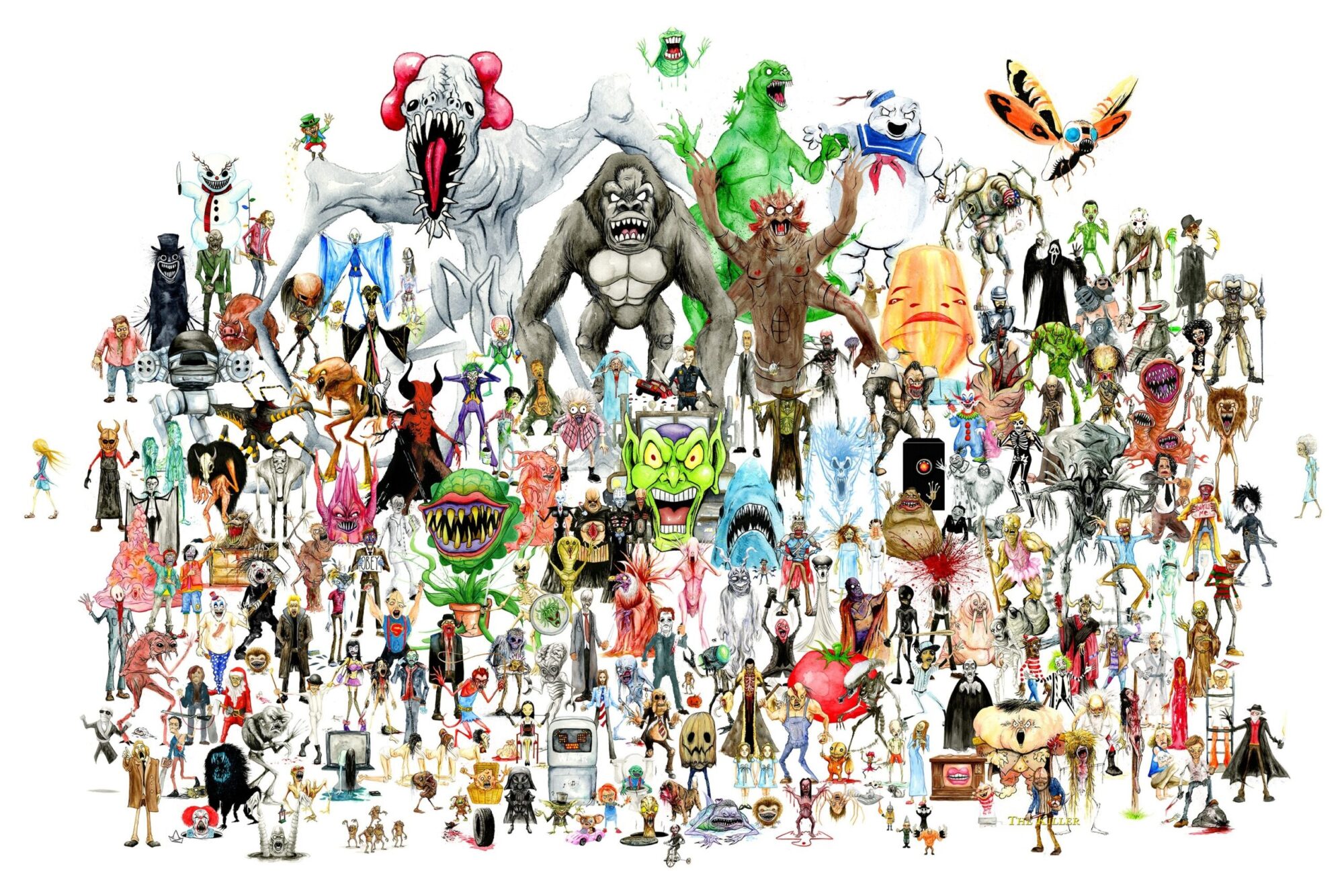In one paragraph, describe the King Kong movie poster that your group has been assigned. Post your responses below. Make sure to name the members in your group.
In-Class Writing: Lens Analysis
In one paragraph, use a relevant quotation from Cohen to argue that the central image of the Land Rover advertisement is “monstrous.” Refer to the example of lens analysis provided at the end of the Lens Analysis handout. Post your responses below, making sure to list all the names of your group members.
In-Class Writing: Close Reading “Masters of Desire”
In your groups, read the section “Live the Fantasy” in “Masters of Desire: The Culture of American Advertising” in order to identify:
- key terms
- the main idea
- 3 – 4 other important ideas
Post your group responses below, making sure to list the name of your group members. (20 minutes)
In-Class Writing: Argumentation
Post a revised version of one of the paragraphs from your formal draft below. Make sure you identify the claim (i.e. the topic sentence), the reason, and the evidence. See the example below:
[CLAIM] In The Great Gatsby, Fitzgerald uses both repetition and symbolism to draw readers’ attention to the theme of time—and in particular, the past, for which his main characters yearn. [EVIDENCE] The novel begins “In my younger and more vulnerable years…” and ends “borne back ceaselessly into the past.” Fitzgerald goes on to use some 450 time-words, including 87 appearances of the actual word ‘time.’ The Buchanan lawn is described as “jumping over sundials”; Gatsby knocks over a clock during his reunion with Daisy; and Klipspringer plays “In the meantime, In between time—.” [REASONS/ANALYSIS] The clock, sundial and frequent use of ‘time’ all reinforce for the reader the importance of the theme of time and the inevitability of time passing. Fitzgerald seems to want to remind the reader that time will always get in the way of Gatsby and his dreams, and his desire to return to the past—there’s no turning back the clock.
In-Class Writing: Analyzing a Rhetorical Pattern
Here are steps you can follow to analyze a rhetorical pattern in Cohen’s essay:
- name or identify the writing/rhetorical pattern as specifically as possible.
- present or introduce a few examples of the pattern. Make sure to indicate where the example is found in the essay. What is Cohen talking about at that moment in the essay?
- analyze two examples of the pattern. This requires you to:
- research the example in order to
- define it and
- explain where it comes from, how it is typically used, and/or who typically uses it
- make a conclusion about the intended audience based on your analysis. In other words, who do you think would be the type of person who would be able to quickly or easily grasp the examples of the rhetorical pattern.
- explain how this helps you to better understand Cohen’s stance towards his topic and audience.
- discuss the rhetorical purpose of the example or pattern. To do this, you should consider how (and why) the example or pattern might appeal to ethos, logos, and/or pathos.
Each group must post their analysis below. Your analysis should take up two to three paragraphs. (Don’t worry about grammar and spelling; this is just a rough draft. Just try to explain yourself as clearly as possible to make a persuasive argument.)
In-Class Writing: Stance
Each group must post below a response to the two following questions:
- What is Cohen’s stance towards his audience? Explain in a few sentences.
- What is Cohen’s stance towards his topic? Explain in a few sentences.


